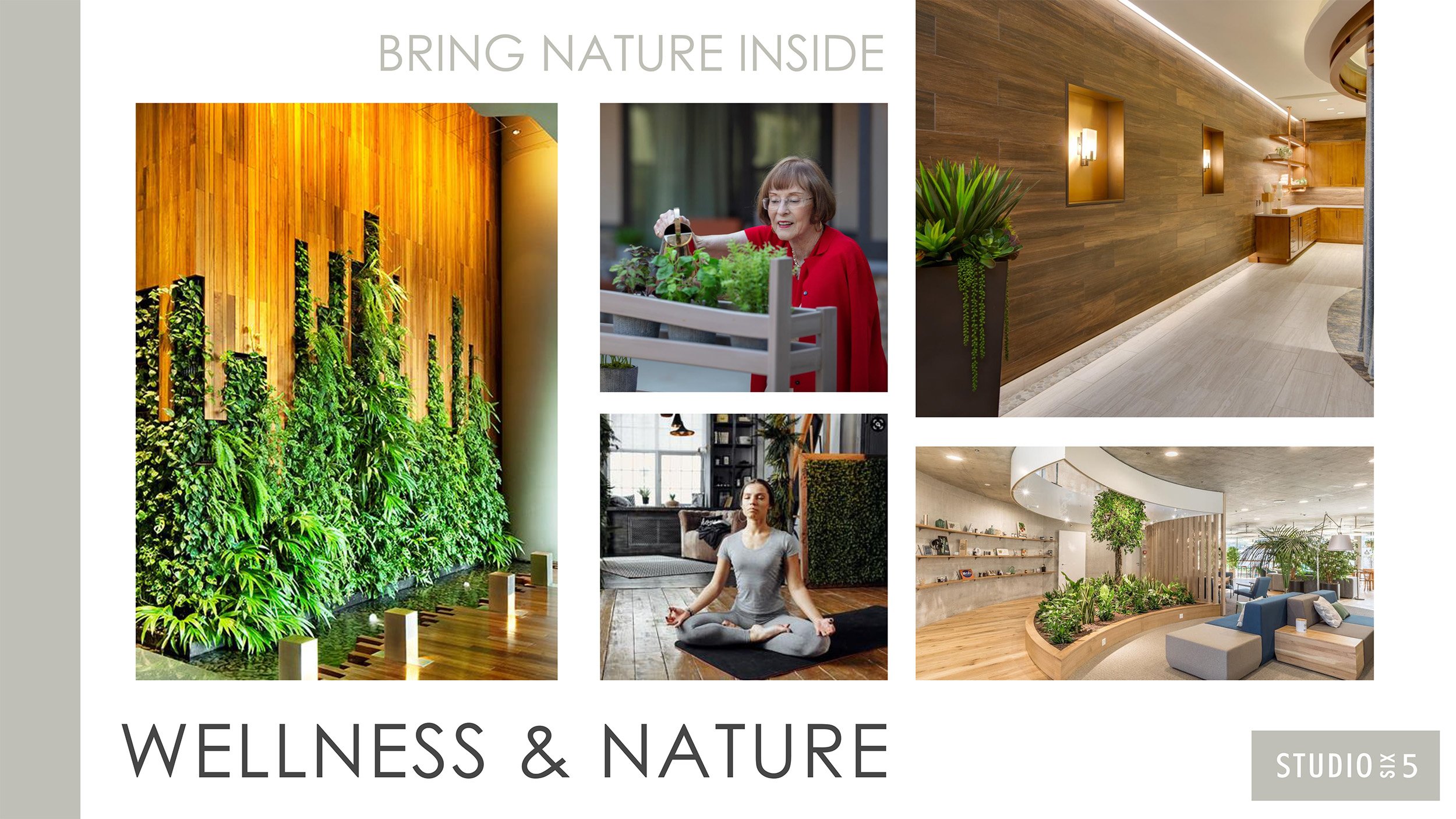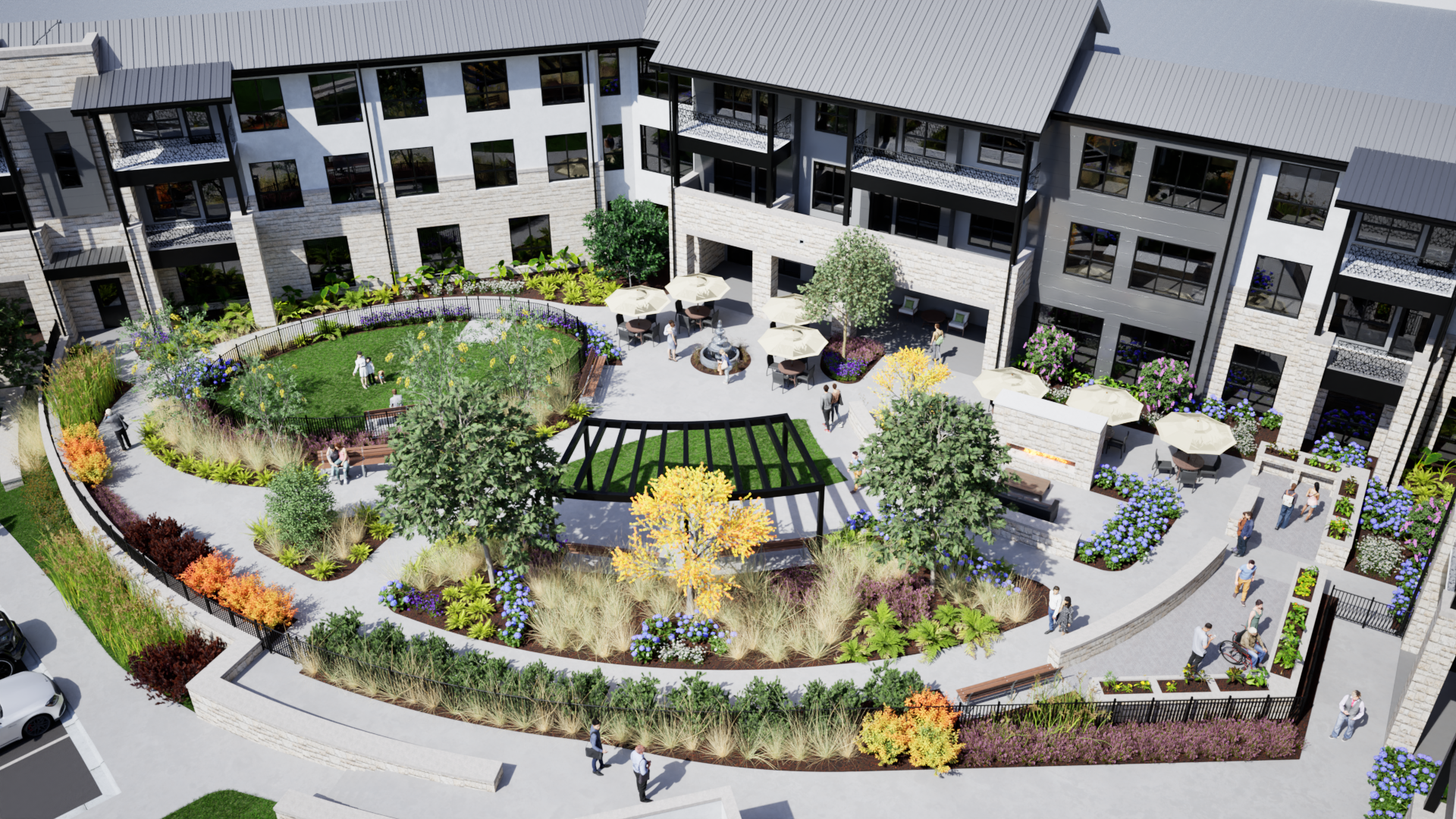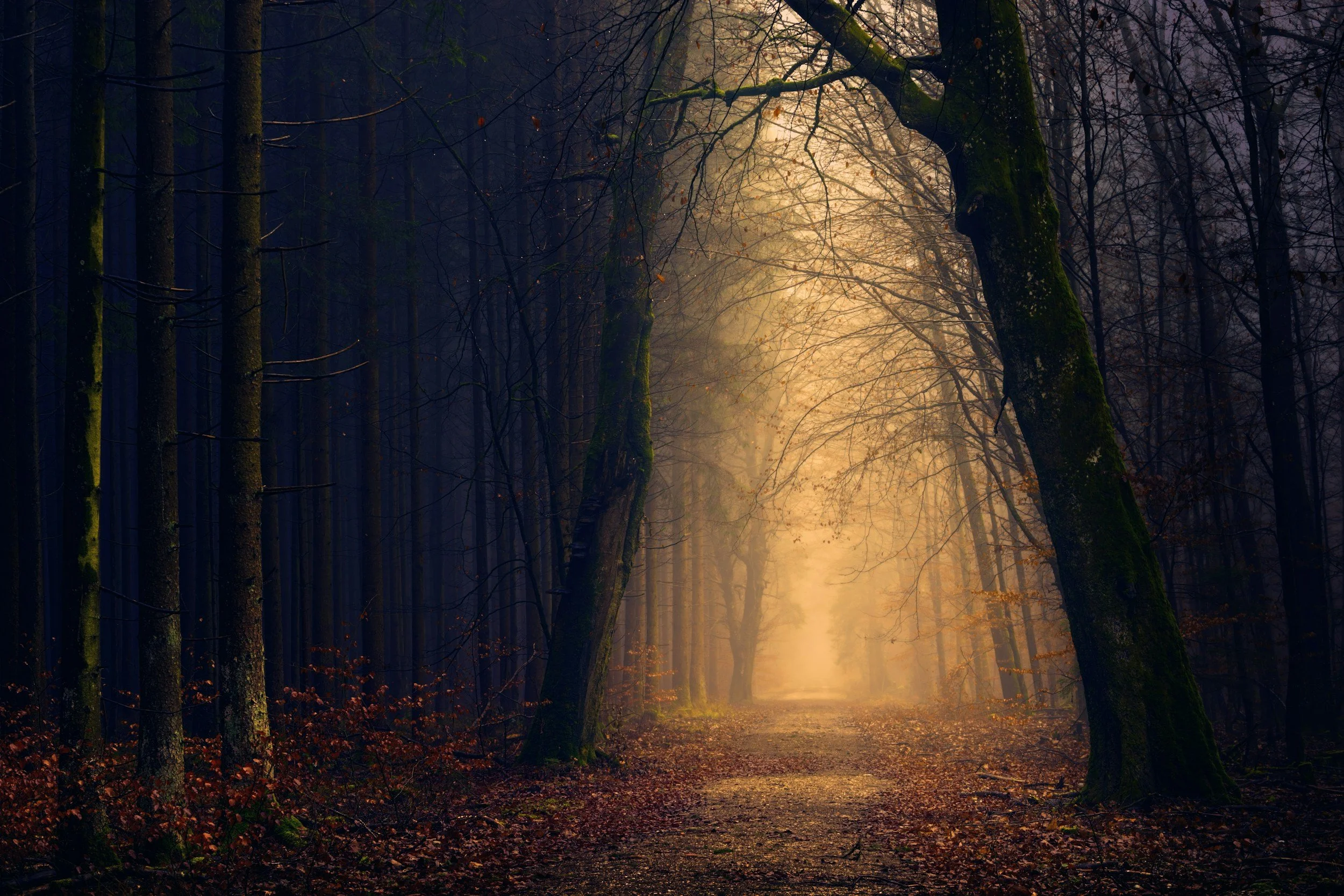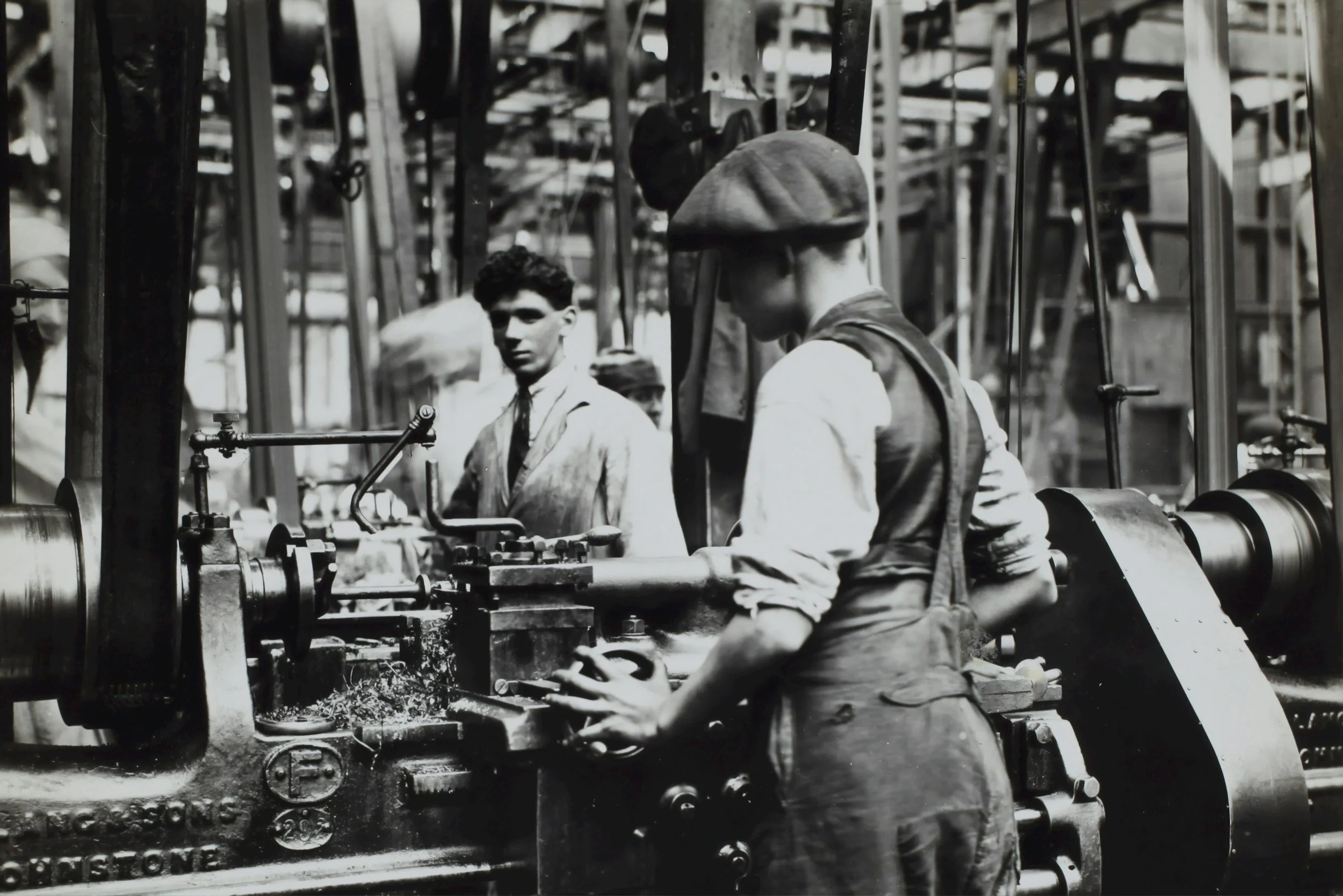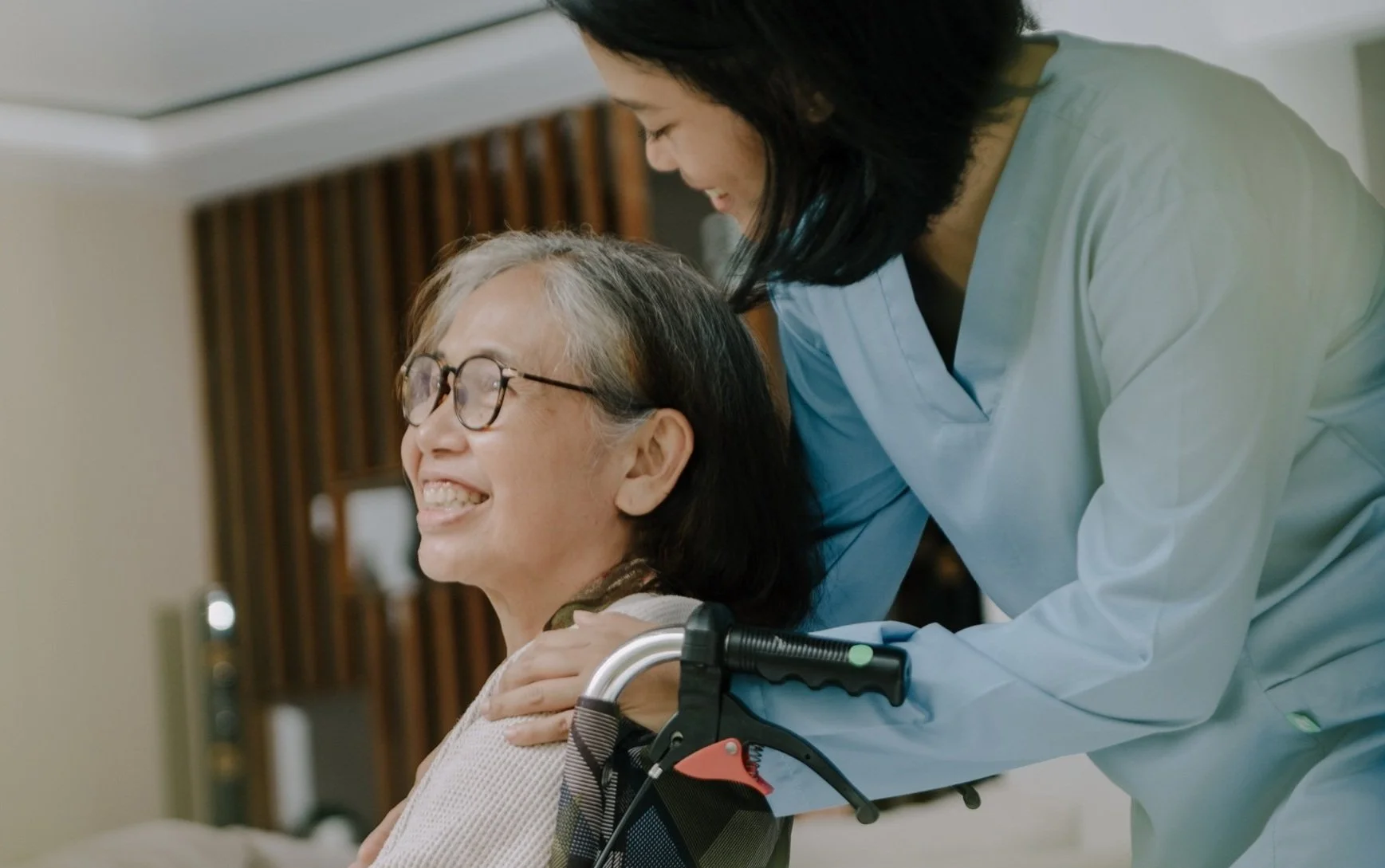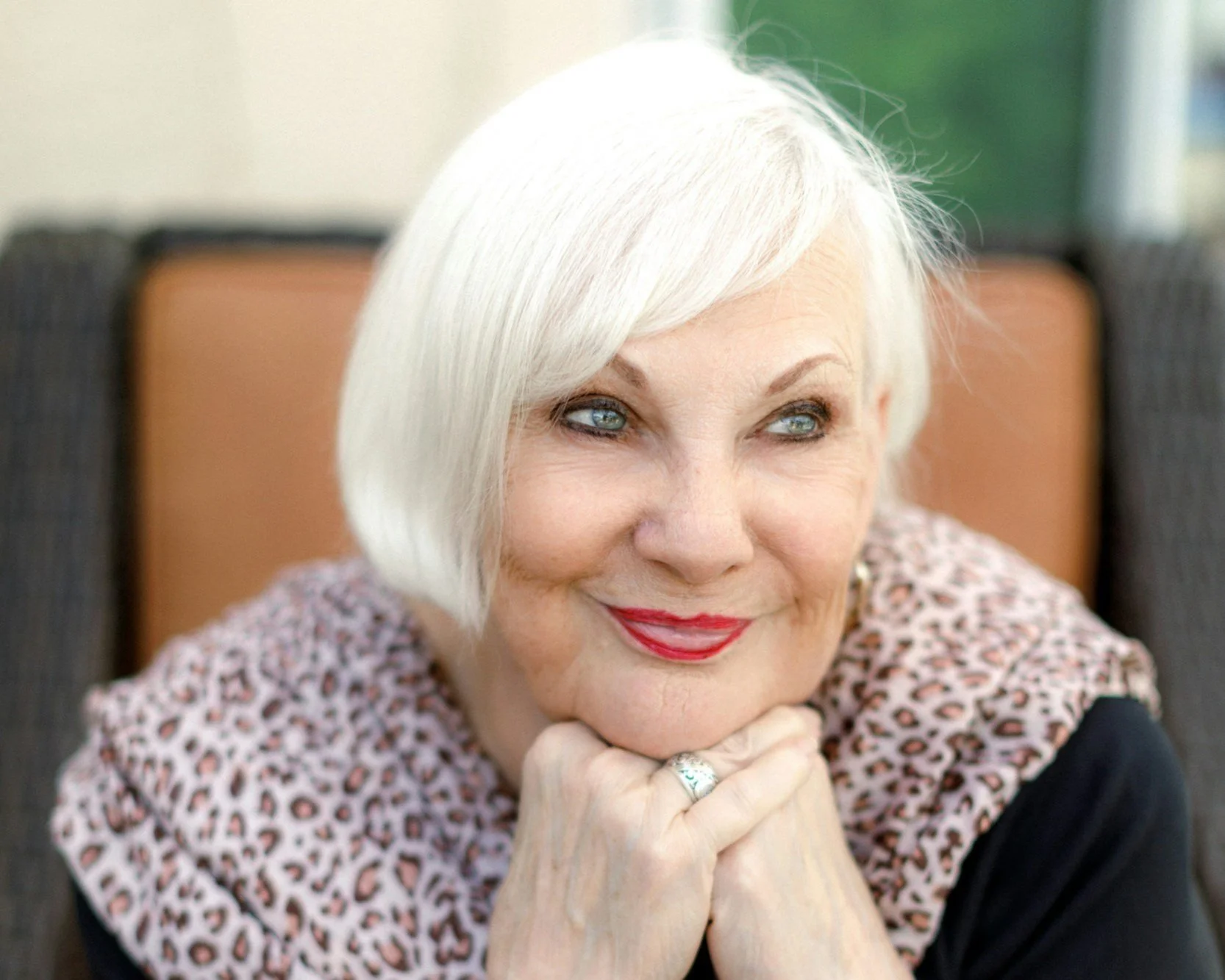Looking Ahead: Pandemic’s Not Yet in the Rearview Mirror, But We Need to Put Design in Drive
Looking Ahead: Pandemic’s Not Yet in the Rearview Mirror, But We Need to Put Design in Drive
Authored by Greg Hunteman
Last year, I had the honor of moderating an online program on Post-Pandemic Trends for Senior Housing. Dean Maddalena, AIA, and Karla Jackson of Studio Six5 were the presenters; and they shared some valuable insights into what the world of what senior housing might look like in 2022 and beyond as part of the AIA Design for Aging webinar series.
Among their predictions:
Cleanability needs to be a long-term priority. Infection management and prevention experts agree that cleaning and disinfection of surfaces and spaces are key for infection control. From UV lighting/filters/super-filters, new methods for applying disinfectants, and light-activated photosensitizers to self-disinfecting surfaces and no-touch room decontamination methods, senior living communities will need to invest in technology and products for the long haul. “These are pretty much becoming standard protocols,” Dean said.
Look for amenities and features that are safe, smart, and sensible. Touchless technology is here to stay, including hands-free faucets, soap and towels dispenser, lights, and door entries. We also will see telemedicine continue to be part of senior living communities, as well as other remoting monitoring devices and technology. “We are seeing a lot of hand sanitizing stations. You see them everywhere now. But we have to find ways to make them more palatable and less institutional,” Karla said, such as putting these in planters.
Exercise and wellness are on everyone’s minds – including seniors. Peloton, personal monitoring devices, and other exercise technologies and equipment that enables residents to work out and connect with trainers and others are growing in popularity. Elsewhere, everything you were doing outside the house you now can do inside. This includes walking, biking, and socializing.
Build in scalable, robust infrastructure. This needs to be a top priority and include 5G and USB ports and charging stations everywhere. Once you do this, said Dean, you can begin to layer on other elements. Apartments need to be flexible enough for all these elements.
Multipurpose spaces. Flexibility has been around for a long time, but it has a whole new meaning with COVID, Dean suggested the need to build in what the community can do to react to something like COVID (such as a flu epidemic or infection outbreak) in the future, prevent it, and get back to ‘normal’ as quickly as possible. For instance, a space can be used for banquet or lecture seating, with built-in screens, pull-down stages, and other elements to break up/change the space. Multipurposed means really flexible spaces, even more so than in the past.
Make outdoor spaces versatile, appealing, and attractive. Outdoor spaces are more important than ever; and they need to be more creative—with outdoor kitchens, flexible dining spaces, lounge areas that can be divided with curtains, outdoor games, and pet amenities. “We are seeing outdoor spaces enlarged and food trucks coming in a few times a week,” said Karla. This can be used to draw the general public, as well as residents, into the space.
Residents expect convenience. During the pandemic, package and other deliveries exploded. People used and like deliveries, and we have to figure out how to accommodate these. These need to be convenient, make best use of limited space, and be aesthetically pleasing. This increasingly is a ‘must.’ Dean stressed that either the community has a package room/space or risks packages piling up at or near the reception desk.
Ramp up the focus on nature and wellness. “Biophilia has been part of the senior living conversation for a long time now, but it is important than ever,” said Karla. There are more indoor plantings, green walls, and generally a visual connection with outdoor spaces. Bringing the outdoors in and creating that link with nature – and its texture and feel -- is increasingly population. Having controlled growing environments for spices is another popular element in senior communities.
Have fun with design. Bold colors, a nod to the ‘80s, and eclectic touches are trending. “You have to be careful with bold colors, but they make people feel good about their space. It makes them happy, and it’s uplifting,” said Karla. Options include accent walls, colorful accessories, and painting casework as ways to bring pops of color into spaces.
Thanks to Dean and Karla for sharing their insights. Please join the AIA Design for Aging community to learn more and share your great ideas here.








